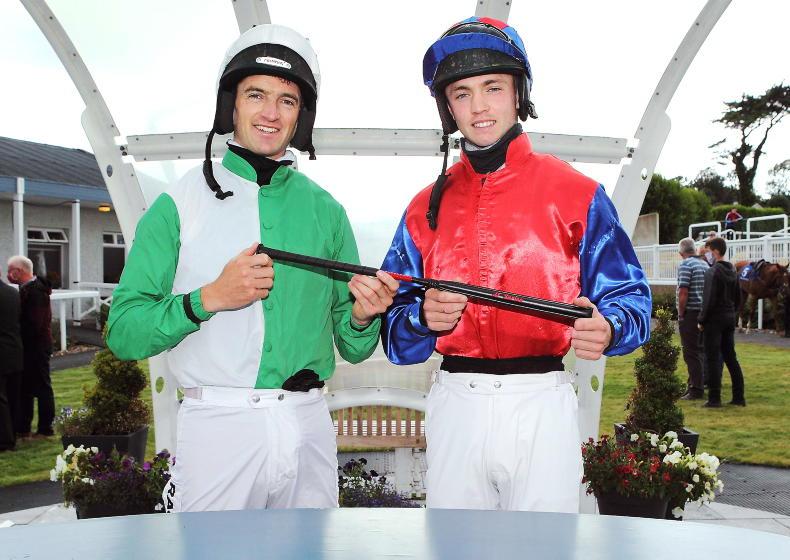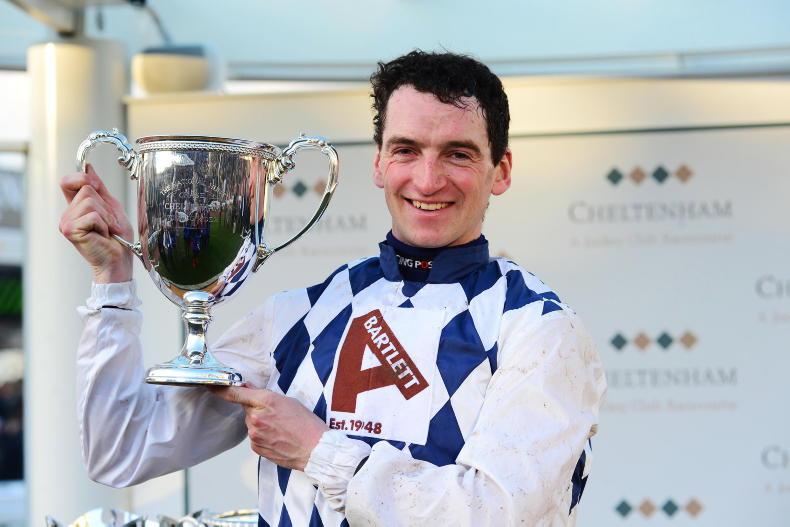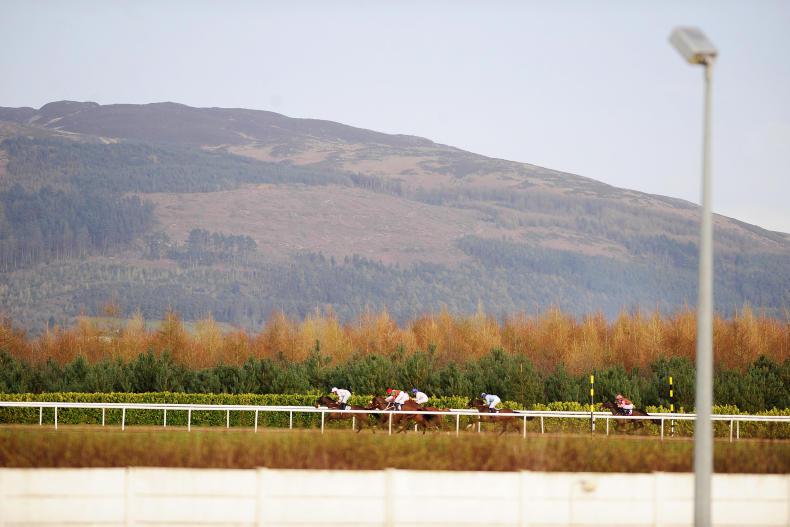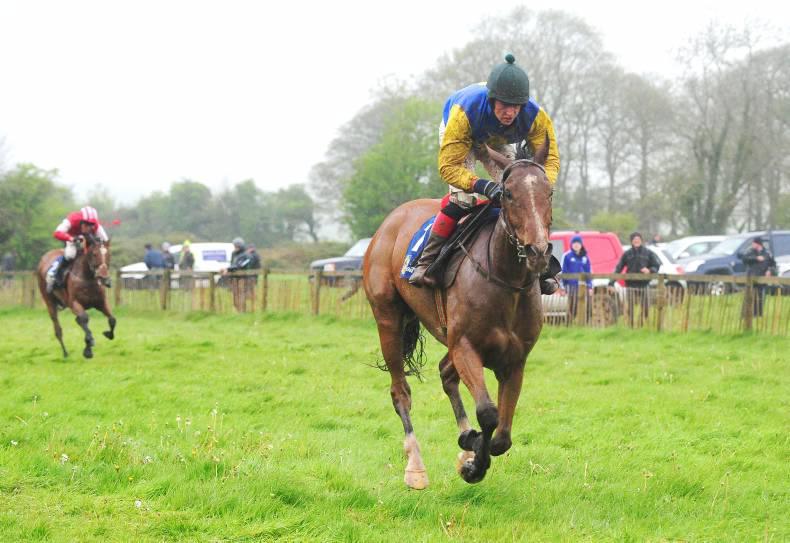THE latest leg of the Fegentri series was held in Stromsholm, Sweden and I headed for the Nordic country to compete in a mile and a quarter race on turf around the unique circuit which is used only once a year. The racecourse is set in the countryside about two hours west of the capital, and like a lot of the area it is surrounded by dense woods.
Walking the track I found it to be quite sharp with a poor covering of grass, with the bend into the home straight being devoid of any, due to the fact that the trees provided a canopy which prevented grass from taking root there. The ground appeared to be well watered but still probably good to firm by Irish standards.
VOLUNTEERS
The meeting is organised by volunteers and they do an admirable job and provide a great atmosphere for the day, which was akin to a point-to-point meeting and a decent county show. With some great tunes blaring out over the loud speakers, many had a racing theme such as Dawn Run and Mark Boylan’s Kauto Star.
However, the organisers did not apper to have put too much thought into the main reason they were there, the horses. With the stable yard a 25 minute walk from the parade ring and the temperatures having soared to over 25°C, many horses were arriving at the paddock sweating heavily, and the combination of the loud music and the parade beforehand really had horses on edge.
The strain of the festivities really told on my first mount, a four-year-old daughter of Camacho, who flipped over as she left the parade ring, which was a common occurrence on the day. I declined the kind gesture to parade my mount in front of the crowds and took her to post early to try to put her at ease.
With the race started by flag, it was no surprise to see a starting assembly that would not be out of place on the pony racing circuit! I got away quite sharply and sat second in the early stages behind the favourite which was a son of Cloudings. The mare travelled powerfully and I was able to get a few breathers into her as I prayed that my decision to sit handy would pay off on such a tight circuit.
However, stamina became an issue and she faded badly in the home straight to beat only one home. I had to dismount her quite quickly after the line as she seemed to be distressed. The warm weather was having an effect and was difficult to ride in. One would almost look forward to a wet Sunday in Lingstown or Nenagh.
RULES OF RACING
The rules of racing in Sweden are in stark contrast to those here. The whip rules on the flat restrict you to three hits in the backhand position, while over jumps, use of the whip is prohibited. I struggled to discipline myself, but thankfully I did not fall foul of the local stewards.
However, the horses entered into a wooded section of the track about three furlongs from the finish and I noticed some riders ignoring the whip rules as there were no stewards around.
There were plenty of Irish in attendence as well as a few English-based jockeys who travelled over and were determined to leave the trip unpunished. Colin Bolger, Tom Messenger and northern rider Ger Tumetly, had three or four rides on the card. None of them had a ride in the final race, a novice chase run over the minimum distance and the same track as the Swedish National.
However, this little known Irish amateur had picked up his first ride by email and set about finding out more about his mount. After much pointing to the race card, the local riders began to paint a picture in my head. The mare was nine years old and was set to make her jumping debut in chases, with her last race having being five years previously when she was tailed off on the flat. Her trainer told me she jumped well but possibly to the left and in order to prevent her from doing this I was to hold out my left hand out about six strides before the fence.
By this stage the professionals were doing overtime as they laughed at my expense. I was determined to make the most of the opportunity and the mare gave me a great ride, taking the imposing fences in her stride. She needed the run quite badly and eventually completed in her own time.
Jump racing is a minority sport in northern Europe with Sweden hosting only 25 races a year with the Grand National worth about €13,000, while the Swedish Champion Hurdle, on the same day, worth around €8,000. Many of the obstacles crossed resemble those one would meet on the Punchestown banks course and I admit I enjoyed riding over them. There was some formidable hedge style fences which the horses had learned to brush through, while the Champion Hurdle was run over Easyfix hurdles.
The trip finished with a series of speeches from members of the Swedish Jockey Club, including Bjorn Zachrisson who was responsible for bringing starting stalls to Europe. I noticed the previous winners of the Swedish Grand National, which was inaugurated in 1971, included Kilkenny man James O’Farrell who rode the winner in 2007, while another Irish rider Sean Curran won the Swedish Champion Hurdle in 2005.
I would not be able to participate in the competition if it were not for the support of Aidan O’Brien and the team at Ballydoyle who gave me time off to compete and offered sound advice, as many of the staff would have ridden at the tracks in the past. I am thankful for their help.


 This is a subscriber-only article
This is a subscriber-only article
 It looks like you're browsing in private mode
It looks like you're browsing in private mode











SHARING OPTIONS: